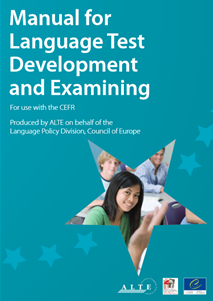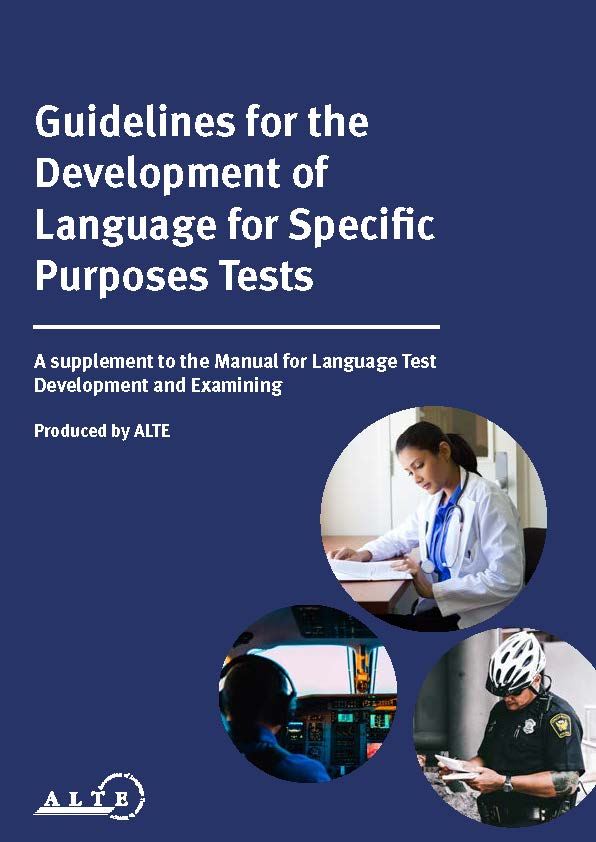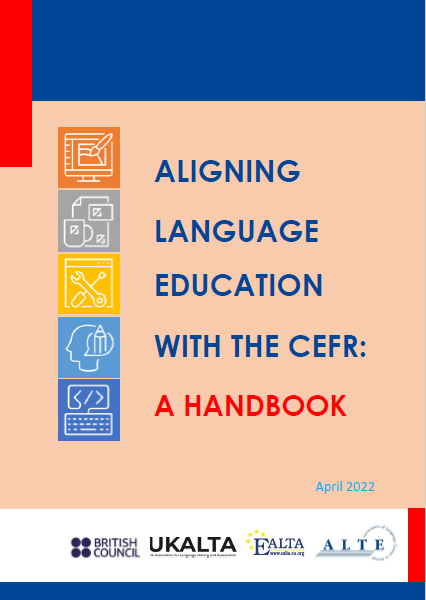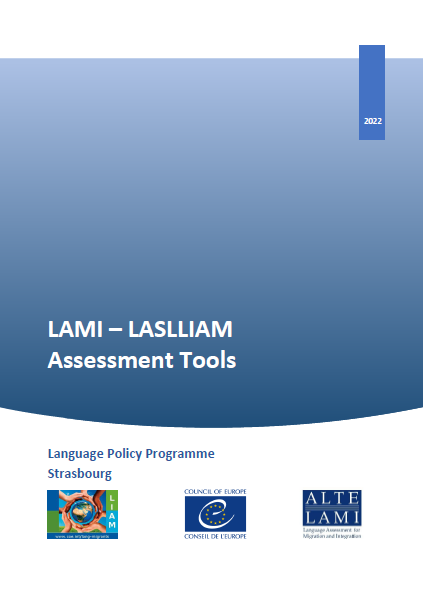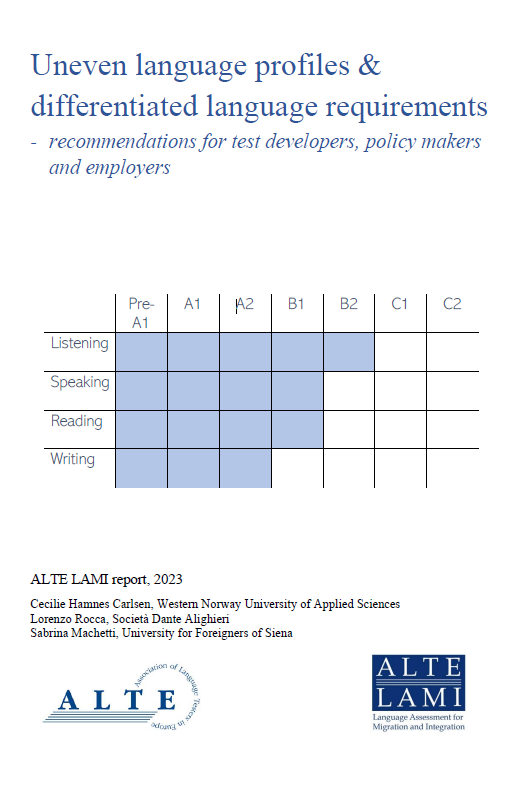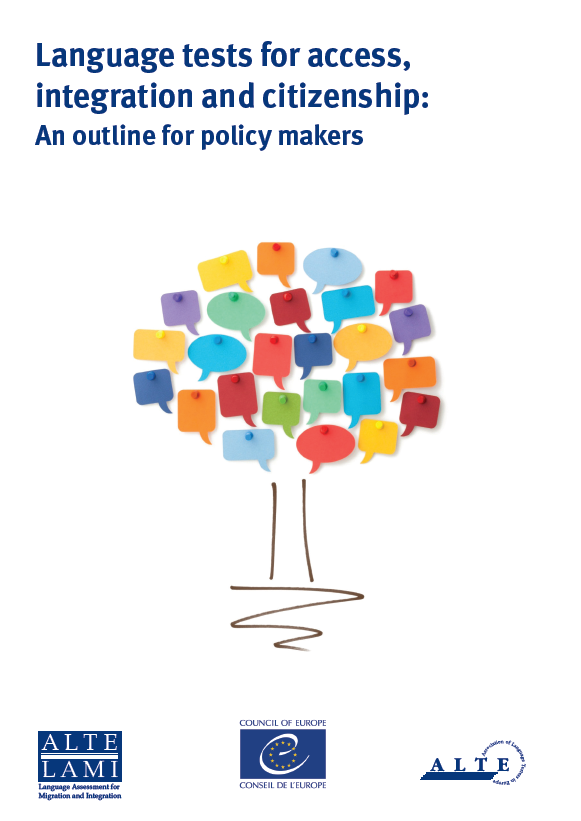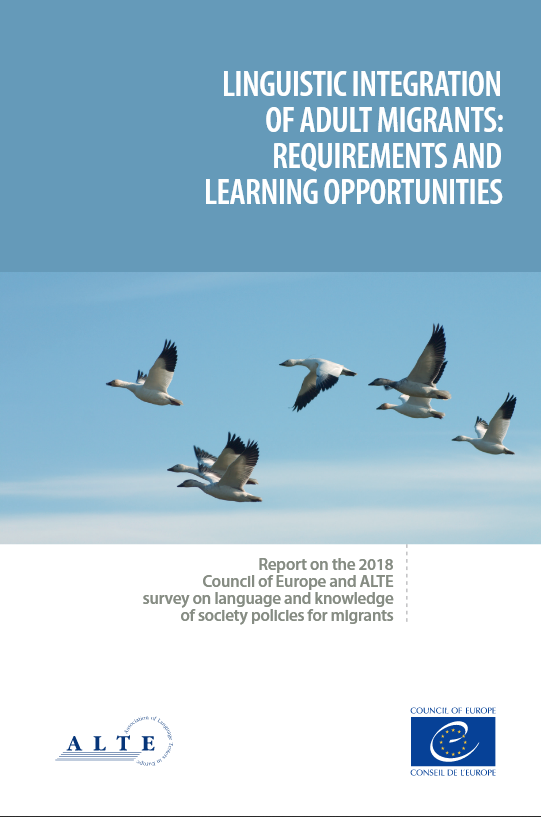RISORSE - guide e materiali di riferimento gratuiti
ALTE has produced many guides and reference materials, in a range of languages. They are all free to download. You may use these resources freely for educational, research or other non-profit making purposes, as long as you cite the source.
You might also be interested in viewing our International Conference Proceedings, bi-annual conference material, videos, information about our auditing system (Q-Mark) and Minimum Standards or our History Book.
| Principles of Good PracticeALTE's Principles of Good Practice (2020) is the third edition of a document that was first put together in 1994. The document is intended as a coherent set of guidelines that all ALTE members and affiliates subscribe to when creating and running language tests. It sets out ethical considerations and the concept of usefulness in examinations and examination qualities, placing these as principles that are worked out in ALTE's Quality Management System. The ALTE Principles of Good Practice is also available in Basque. |
| Manuale per lo Sviluppo e l'Analisi dell'Esame di LinguaThe Manual for Language Test Development and Examining (2011) was produced by ALTE on behalf of the Language Policy Unit of the Council of Europe. This manual is for use with the CEFR and it is available in Basque, Dutch, French and German. |
| Linee guida per lo Sviluppo di Esami sulla Lingua per Scopi SpecialiThe "Guidelines for the Development of Language for Specific Purposes Tests" (2018) was produced by ALTE as a supplement to the 2011 Manual for Language Test Development and Examining. The production of the Guidelines was co-ordinated by the SIG LSP. The Guidelines are now illustrated with the development process of an examination for specific academic purposes (LSAP) in this document: Illustration for the Guidelines on Language for Specific Purposes Tests . The material has the purpose of showing the way in which the steps in the Guidelines were followed in the development and administration of this examination, with direct comments related to this process, the problems encountered and the possible solutions which were suggested. |
| Aligning Language Education with the CEFR: A HandbookThis resource has been prepared for those who are teaching, testing and developing materials in language education, to inform and suggest ways to help undertake a practical or applied CEFR alignment exercise. It also serves stakeholders concerned with education policy matters and decision-making. The Handbook (2022) is published jointly by ALTE, EALTA, UKALTA and the British Council. It is also available in Spanish (translated by Instituto Cervantes) and German (translated by Goethe-Institut) . You may also want to download the CEFR Alignment Editable Forms which accompany the handbook, also available in German (translated by Goethe-Institut). |
LAMI-LASLLIAM Assessment ToolsThe LAMI-LASLLIAM Assessment Tools (2022) is a collection of four assessment tools for using the Literacy and Second Language Learning for the Linguistic Integration of Adult Migrants (LASLLIAM) Reference Guide (a separate document published by the Council of Europe in 2022) for assessment purposes within learning environments. The tools are part of the broader work relating to piloting of the LASLLIAM scales used for teachers and volunteers involved in literacy and second language courses in the migration context. The tools are produced by ALTE's LAMI SIG in collaboration with the Council of Europe. |
Uneven Language Profiles & Differentiated Language RequirementsThe aim of the report Uneven Language Profiles and Differentiated Language Requirements: Recommendations for test developers, policy makers and employers (2023) is to raise awareness about the advantages of an uneven profile approach in language testing, i.e., measuring learners’ language skills separately in different parts of the test. The report presents the results of a survey investigating whether ALTE members do indeed measure and report language skills separately in the tests they develop, as well as the degree to which test users in different Council of Europe member states set differentiated language requirements for different contexts. Finally, the report presents examples of good practice from five countries in which there are language tests measuring uneven language profiles as well as examples of test users setting differentiated language requirements. The target readers for this report are professionals working in language teaching and assessment, primarily in the migration context. |
| Gli esami di lingua per l'accesso, l'integrazione e la cittadinanza: un profilo per i responsabili politiciThis booklet (2016) was produced by the SIG LAMI on behalf of the Language Policy Unit of the Council of Europe. It is currently also available in Italian and Finnish. |
| Linguistic Integration of Adult Migrants: Requirements and Learning OpportunitiesThis report was produced on the 2018 Council of Europe and ALTE survey on Language and Knowledge of Society (KoS) policies for migrants. This is available on the Council of Europe's website. |
| Multilingual Glossary of Language Testing TermsALTE's multilingual glossary (1998) has a particularly significant role to play in encouraging the development of language testing in less widely taught languages by establishing terms which may be new alongside their well-known equivalents in the commonly used languages. The glossary contains entries in 10 languages: Catalan, Danish, Dutch, English, French, German, Irish, Italian, Portuguese and Spanish. This volume will be of use to many working in the context of European languages who are involved in testing and assessment. |
Correlare gli Esami di Lingua al QCER: Un ManualeL'ALTE ha contribuito alla stesura del Manuale del Consiglio d'Europa 'Correlare gli Esami di Lingua al Quadro Comune Europeo di Riferimento per le Lingue: Apprendimento, Insegnamento e Valutazione (QCER), e ha prodotto una Griglia per l'Analisi del Contenuto (2014) per il Parlato e lo Scritto (analisi e presentazione). Tutto ciò è disponibile nel sito del Consiglio d'Europa. |
Liste di controllo dell'Analisi dei ContenutiListe di controllo di sviluppo e descrittive per compiti ed esami (2001): | Lista per Compiti SingoliQueste liste di controllo dell'analisi dei contenuti sono utilizzabili con un'unica attività (2001): Lista per un Compito di Lettura Singolo Lista per un compito di Scrittura Singolo Lista per un compito di Ascolto Singolo Lista per un compito di Parlato Singolo | Liste di Controllo per la Garanzia di QualitàQueste liste di controllo (2001) sono abbinate a ciascuna fase del ciclo di produzione degli esami: Lista per la Garanzia di Qualità 1 - Costruzione dell'Esame Lista per la Garanzia di Qualità 2 - Gestione e Logistica Lista per la Garanzia di Qualità 3 - Correzione, Valutazione & Risultati Lista per la Garanzia di Qualità 4 - Analisi dell'esame e Revisione Post-Esame |
Il Progetto ALTE Can DoNel progetto "Can Do" dell'ALTE sono state sviluppate e validate un insieme di scale correlate alle performance, capaci di descrivere ciò che un apprendente sa fare in un certo momento in una determinata lingua (2002). Il progetto ha contribuito in maniera rilevante alla stesura del QCER ed è menzionato ed accreditato nell'Appendice D del 2001 del documento del QCER. I principi del Can Do sono disponibili nelle seguenti lingue: |
ALTE Materials for the guidance of test item writersQuesta serie di materiali (2005) è stata progettata per aiutare nella formazione di chiunque sia coinvolto in qualunque parte del processo di sviluppo, scrittura, gestione e relazione dei risultati degli esami di una lingua appresa come lingua straniera. |

